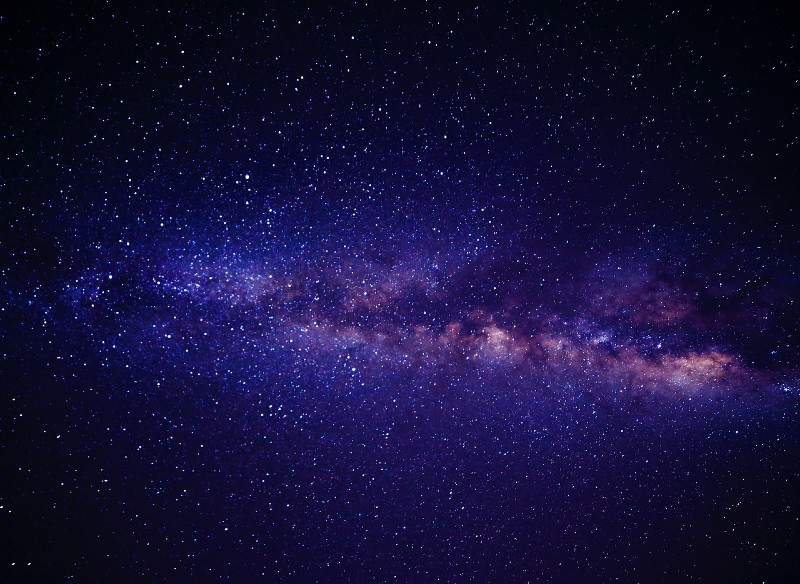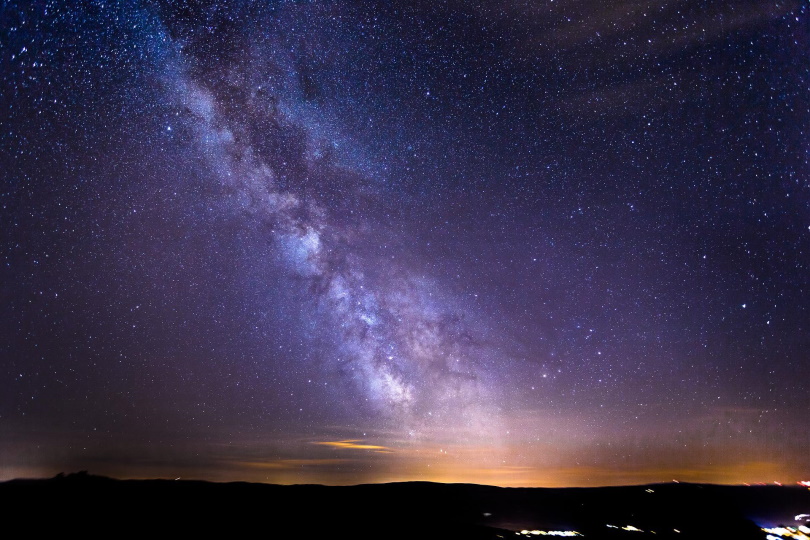How Many Stars Are in the Milky Way? The Surprising Answer!
Last Updated on

Astronomy can be one of the most fun subjects to study because there are so many interesting things to learn. However, it can also be frustrating when facing questions like how many stars are in the Milky Way galaxy. We can estimate that there are 100 to 400 billion stars in the Milky Way, but no one knows the exact number. Keep reading as we discuss how scientists make their estimations.

Why is it so hard to determine how many stars are in the Milky Way galaxy?
The Milky Way galaxy stretches over 100,000 light-years, and such large areas are difficult to see from our tiny point in space, making it impossible to count the stars accurately. In fact, scientists estimate that we can only see .000003% of it. However, most scientists agree that there are at least 100 billion stars in the Milky Way, with the actual number likely closer to 250 billion. Black holes make counting more difficult because they are hard to see, but these dead stars need to be counted among the others. Scientists estimate that there are at least 100 million black holes in the Milky Way galaxy.

How many stars does the average galaxy contain?
Galaxies can range in size from small to large. Most galaxies will have at least 100 million stars, though a few will have as few as 50 million. Scientists base these numbers on various calculations done on a galaxy’s overall mass. Galaxies with more stars are easier to see because they are brighter.
How does our Sun compare to other stars in the universe?
Even though you can fit more than 1 million Earth-sized objects inside the Sun, it’s still quite small compared to other stars in the universe. Our Sun seems to be about average size. The largest star that we have found so far is Stevenson 2–18, and it is 2,150 times the radius of our Sun. The next largest is Mu Cephei, which is 1,650 times the radius of our Sun, and RW Cephei is 1,535 times the radius of our Sun.
How many galaxies are in the universe?
Scientists estimate that there are at least 100 billion galaxies in the universe, and more recent estimates suggest that the number might be higher than 2 trillion.
What is the largest galaxy in our universe?
The largest galaxy that we have discovered so far is IC 1101. It is about 50 times the size of our Milky Way galaxy and stretches 5.5 million light-years across, containing more than 100 trillion stars. It’s the brightest galaxy in the Abell 2029 galaxy cluster situated about 1 billion light-years away.

Final Thoughts
Most scientists agree that there are well over 100 billion stars in the Milky Way galaxy, with the actual number likely closer to 250 billion or higher. It’s difficult to determine the exact number because we can only see a small part of our galaxy, and it’s filled with hard-to-see objects like black holes that also count as stars.
Featured Image Credit: Pexels, Pixabay
About the Author Robert Sparks
Robert’s obsession with all things optical started early in life, when his optician father would bring home prototypes for Robert to play with. Nowadays, Robert is dedicated to helping others find the right optics for their needs. His hobbies include astronomy, astrophysics, and model building. Originally from Newark, NJ, he resides in Santa Fe, New Mexico, where the nighttime skies are filled with glittering stars.
Related Articles:
Can You Use Binoculars to Look At Stars? How to Choose the Right Pair
15 Crucial Facts About Ultraviolet Rays & the Sun
What Constellation Is Spica In? The Interesting Answer!
10 Interesting Leo Constellation Facts, Myths, and FAQs
15 Interesting Pegasus Constellation Facts, Myths, and FAQs
6 Interesting Sagittarius Constellation Facts, Myths, and FAQs in 2024!
What Are Constellations? Where Did They Come From?
8 Interesting Libra Constellation Facts, Myths, and FAQs
